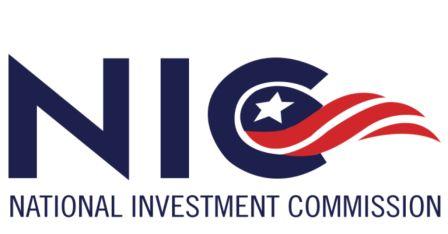Liberian Culture and History
When asked what they think about the country, anyone who has lived, visited, or worked in Liberia will always use one or a combination of these descriptions: Africa’s oldest republic; fun-loving and hospitable; naturally beautiful and scenic; natural-resource rich; determined and resilient people; and a pillar of strength during Africa’s formative years.
This is our Liberia and the Liberia that we are welcoming you to explore as an investor. Liberian art and culture, expressed in beautiful ornate sculptures depicting faces, people, and everyday living are inspired by ancient history that predates what is modern Liberia today. Rural life is at the core of artists’ renderings and a showcase of hundreds of years of the country’s indigenous history.
In 1821, freed slaves and freeborn black Americans arrived on Providence Island, declaring it home. With 16 languages spoken across 15 counties, Africa’s oldest republic debuted on the scene in 1847 as its first independent nation. Since then the country has enjoyed many ‘firsts’ on the continent.
This African American heritage is intricately woven into our indigenous and proud history. The music, the dancing, and the laughter are all part of our rich heritage. Liberia was a pillar of strength between the 50s and 70s when many African countries were moving away from colonialism toward independence. The country became a beacon of hope during these formative years as many African leaders sought the advice of Liberian leaders in the establishment of their countries.
In July 1959, a meeting among Liberia, Guinea, and Ghana was held in Sanniquellie, Liberia, laying the foundation of what is today the African Union, originally termed the Community of Independent African States.
In the 60s and 70s Liberia experienced an economic growth rate second only to Japan, brought on by President Tubman’s “Open Door Policy.” The open arms that so many experienced then are still extended today to all that enter Liberia’s shores.
Historical Highlights
Indigenous Africans migrated from the Songhai Kingdom to present-day Liberia between the 12th and 16th centuries A.D. The first settlers arrived in 1821 on Providence Island from New York. The number of immigrants that arrived from 1821 to 1843 was 4,571. These immigrants were free slaves sponsored by the American Colonization Society (ACS). In 1847, Liberia declared independence and retained it throughout the scramble for Africa by European colonial powers. During this period, Liberia remained in the American “sphere of influence”. The Capital City, Monrovia, is named after the 5th President of the United States, Mr. James Monroe.
Liberia was a beacon of hope for other African colonies and territories desirous of achieving independence. Many heroes of African independence visited Liberia during this period and were encouraged to move forward towards independence. Among leaders that visited Liberia were Kwame Nkrumah, Ahmed Sekou Toure, Nnmadi Azikwe, Sam Njoma, and Nelson Mandela. Other liberation figures that once lived in Liberia included the late Mariam Makeba and Hugh Masekela.
Liberia was instrumental in the formation of the Organization of African Unity (OAU), now the African Union (AU). A meeting held in Sanniquellie, Nimba County in 1959 was a preparatory meeting between then Presidents William V. S. Tubman of Liberia, Ahmed Sekou Toure of Guinea, and Kwame Nkrumah of Ghana.
In 1944 President William Tubman enunciated an “Open Door Policy” which sought to attract foreign investments. The policy contained a mixture of political and economic tools: political stability, tax holidays, cheap labor, and free repatriation of profits. The outcomes were phenomenal: between 1944 and 1970, the value of foreign investments increased by 200 percent; economic growth doubled; employment rose, and Liberia became Africa’s first and the world’s third exporter of iron ore and a major producer and exporter of rubber. Within a period of twenty-five (25) years, Liberia had attracted foreign investments exceeding US$ 1 Billion. Among these were American, Swedish, and German investments.



